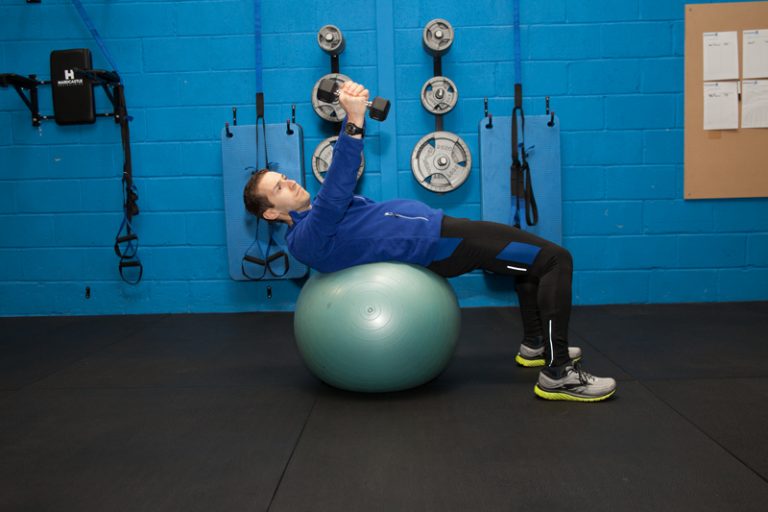When we look at a training plan, especially one for 5k or 10k, you’ll certainly see interval sessions, but are they all basically the same?
The formats of intervals.
Interval sessions can be incredibly varied, not only in their purpose, but their execution and timings. They’re incredibly easy to adjust to make them specific to the individual, their current fitness level and goal.
You’ll most likely have seen a standard X number of repetitions of a distance or time as a work interval, with set distances or time for recovery. Ideally this will include pace or perceived effort information however, a lot of generic plans don’t include this.
These types of sessions are a great starting place if you’re not used to working at high effort levels for short periods of time. The anaerobic energy system will kick in, producing energy without sufficient oxygen, and your body will adapt to this over time. In essence this is the purpose of interval training, to force your body to become better at removing the by-products of anaerobic respiration, allowing you to run harder for longer.
Types of interval sessions.
Each interval format has it’s own purpose, many of which are to a degree similar and underpinned by the purpose mentioned above. The difference then comes in specificity to certain distances or situations, as well as suitability to an individual’s mental strength too.
Below I’ll list a few of my favourite types of interval session for you to try.
Cruise Intervals.
Build lactate threshold and anaerobic fitness. The work rate is slightly higher than the point at which your body starts to not be able to remove lactate fast enough known as the Onset of Blood Lactate Accumulation (OBLA), and last for 3-5 minutes. The rest is the same length as the work and effort drops low enough so that your lactate levels (can be estimated using heart rate) are back to where they were before the start.
Negative Splits.
Although very well suited to middle distance races like 800 and 1500m, these can be a good addition to better pacing if you find yourself flagging at the end of your 5k and 10k races. Complete a work interval of 3-4 minutes with an increase in the second half. You can shift the duration of the speed increase so that for instance, you pace 2 minutes at 75% effort, and perform at 85% for the last minute only. The only stipulation is that the second part be faster than the first whilst being consistent in that part, i.e. you can’t sprint off then try to hang on for dear life.
Ladders.
This requires a good knowledge of your paces for distances or a speed function on your watch. Similar to pyramid intervals but based on speed rather than time. Work at a set speed or pace for a short time, 2 minutes for example, then increase speed or pace. Continuing increasing with the same work duration until this becomes unmaintainable. At that point, take active recovery, then repeat the process. An example would be 2:00 intervals at 6mph, 7mph, 8mph, 9mph, 5:00 walk/jog to recovery, repeat.
This is a fairly short list of the various formats you can use for intervals. They’re great fun if you like working hard but know your body and listen to it so you don’t end up injured as completing these too regularly will increase your risk of injury.
Written by Kyle Brooks, Running Coach based in Norwich, Norfolk





